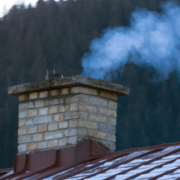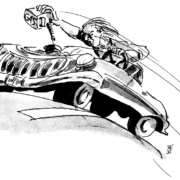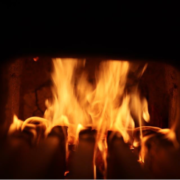Lab Tests: Cooking and Heating Stoves

Unfortunately, although introductions to lab tests warn that results do not predict actual performance, the recent use of lab data to earn carbon credits has made an unfortunate error more commonplace. For decades, introductions to lab tests have warned that only field-testing can determine actual efficiency, emissions, effectiveness, market validity, etc. The World Health Organization based their stove standards aimed at protecting health on field-testing for this reason.
Lab tests are helpful when comparing performance to understand how fire might be more useful. Starting with the 1985 International Standards, test users were advised not to use lab data to predict actual performance. While improving other carbon methodologies, using field-testing to estimate reductions would dramatically improve the accuracy of offsets.
Carefully performed lab tests tend to overestimate fuel efficiency and underestimate emissions. This has landed cook stoves and heating stoves in serious controversy. A lab tested Tier 4 cookstove can be Tier 2 in real life – or mistaken for a flowerpot. My first Rocket stoves were often used for this important function in Mexico.
A lab tested 2 g/hr PM heating stove often emits a lot more smoke when the harmful pollutant is measured from chimneys in houses. In an effort to reduce confounding variables, lab tests show closer to optimal performance. Real life human beings tend to operate stoves with less care, wood is wet, life deserves attention, too.
Maybe the test warnings should have been highlighted in green?
International Standards, 1985
“This is a laboratory test…while it does not necessarily correlate to actual stove performance, when cooking food, it facilitates the comparison of stoves under controlled conditions with relatively few cultural variations.” (Testing the Efficiency of Wood Burning Cookstoves, International Standards 1985).
(ISO 19867-1)
“This document provides a standard test sequence that can be used to compare the performance of various cookstove types, cookstove fuels, and cooking practices under controlled laboratory test conditions, as specified in this document. For evaluation of the performance and predicted outcomes of a cooking system in the field [comprising cookstove(s), fuel(s), cooking vessel(s), kitchen, ventilation, and user(s)], ISO 198691 applies.”











